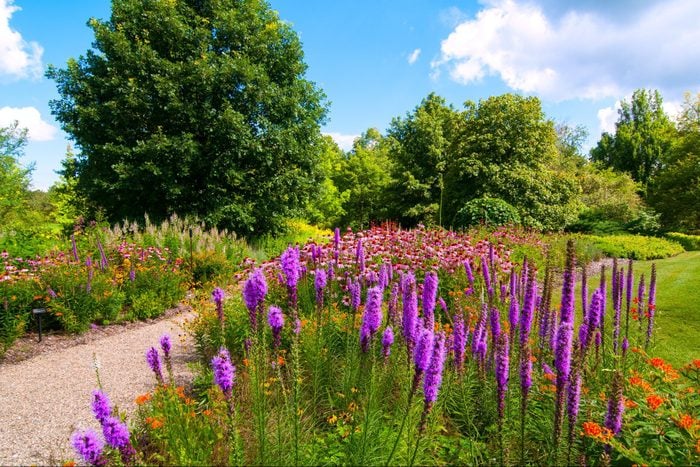
How to Choose Summer Color Plants for Northern Climates
When you live where the snow flies until April or May, scrolling through beautiful images of flowers and dreaming about your summer garden is a good way to keep your spirit bright through the winter. Let’s start a plan today for adding a few summer blooming perennials and shrubs that will invigorate your landscape with fresh flowers from June until frost.
The plants recommended here all thrive as far north as U.S. Department of Agriculture Hardiness Zone 3 (minus 30 F to minus 40 F), and many are tough natives. Even on your coldest winter day, these plants will be fast asleep with their roots protected below ground so there’s no need to worry about them returning each spring.
A few key points to consider when choosing plants for your Northern garden:
- Because your season is relatively short, choose more plants that bloom by early August. If they flower too late, their duration of bloom may be cut short by an early frost.
- Know you can “cheat” with shade plants. Because the sun is less intense in colder zones, many plants can handle full sun even when their label says part shade.
- Your plants may not bloom when the label says they will. That’s because the flowering season is condensed in colder climates — the plants know their opportunity to bloom is brief. Some summer bloomers will overlap their flowering period with plants that haven’t yet finished their spring bloom. This differs than what happens in warmer climates where the flowering season is more evenly distributed over a period of many months.
- If starting a new bed for your summer blooming plants, be sure it’s not where you tend to pile snow in the winter. Snow makes a good insulator, but the slow melting in spring when the soil stays cold and wet over an extended period can easily kill plants sensitive to poor drainage.
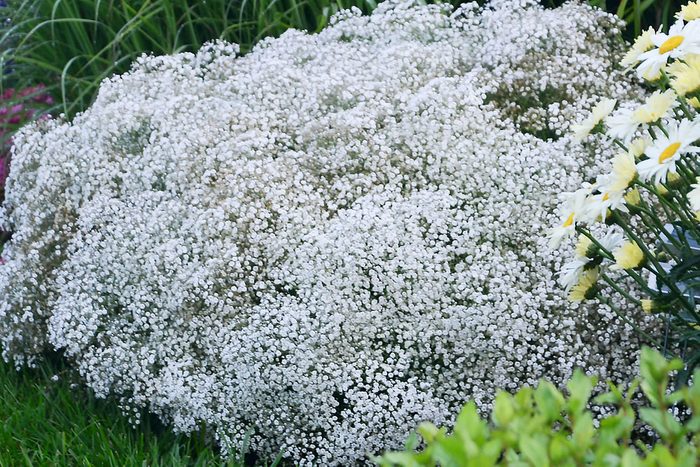
Baby’s Breath
It’s not often that flowers typically purchased from a florist are easy and hardy enough to grow in your own garden. Baby’s breath is a perfect example. It’s a classic filler for bridal and special occasion bouquets but can also survive temperatures as low as minus 40 F in the landscape.
Look for Summer Sparkles, a particularly refined selection that’s covered in softly fragrant, white blossoms from late spring through midsummer. Even if you have dry, alkaline soil, you can grow baby’s breath. Pick a sunny spot where it has least three feet of space to spread as it returns faithfully every year in USDA Zones 3 to 9.
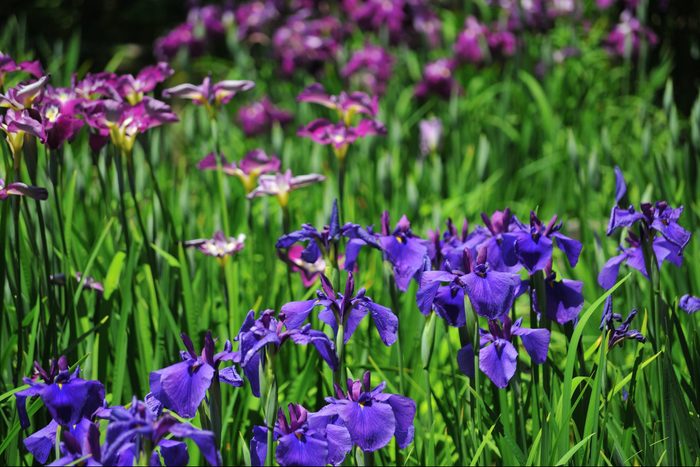
Siberian Iris
Here’s a hardy perennial worth growing for its intricate blossoms and architectural foliage. You’ll find yourself eagerly anticipating your iris blooms every year, from the time their pointy buds first appear in early summer until the last captivating blossom fades. Once finished, their bright green, sword-like foliage continues to add textural interest.
There are several species of Iris, but Siberian irises grow well in USDA Zones 3 to 9. In the North, grow them in a bare minimum of six hours of sun per day to get the most blooms. Some afternoon shade is needed in warm climates. This species thrives in rich, moist, acidic soil and will grow in clay.
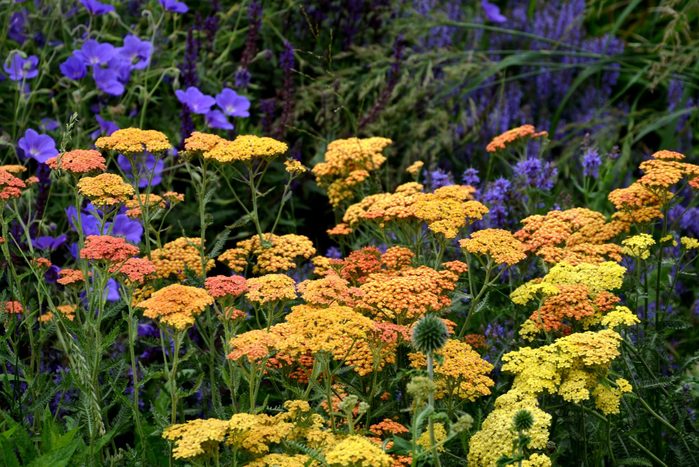
Yarrow
Yarrow is a classic cottage garden perennial for USDA Zones 3 to 8 that has gotten a reboot in recent years with improved varieties like the Seduction and Firefly collections that don’t run or flop. It blooms all summer in shades of pink, red, orange, yellow and white and often rewards you with even more flowers when deadheaded.
No special soil is needed as long as it is well-drained. The plants won’t wilt if you skip a few days of watering.
Dried florals are fun to use in garden craft projects but can be costly. Yarrow flowers are easy to harvest and dry yourself for free. Pick them in the morning and choose the flower clusters that have most of their buds open. They should retain much of their color once dried, but some people choose to spray them lightly with paint or glitter to make them shine even brighter.
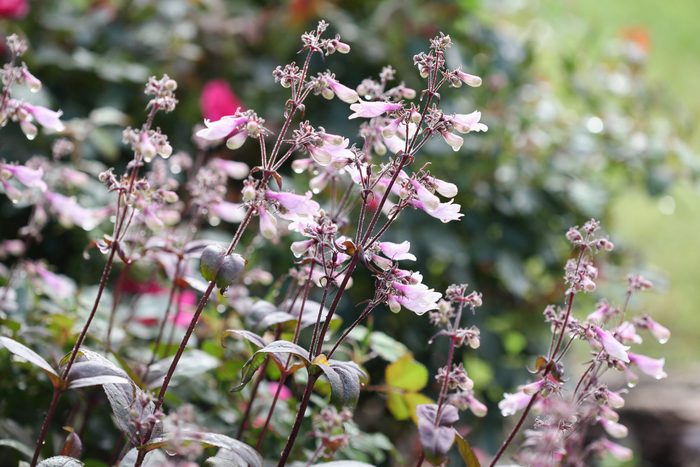
Penstemon
Invite hummingbirds into your garden with this natural hummingbird feeder. You’ll find them enjoying the nectar of its trumpet-shaped blossoms along with the pollinating bees for many weeks beginning in early summer. Tall flower stalks rise well above the mounded foliage which may be dark green or deep purple depending on the cultivar.
There are several native species of penstemons, and they range greatly in hardiness and flower color. Be sure to note the USDA Zone and choose one that will survive your winter. The more cold hardy forms tend to have smaller flowers in shades of white, lavender or pink while non-hardy forms can bear flowers as big as your thumb in flashy shades of red and purple. All need full sun to grow and bloom.
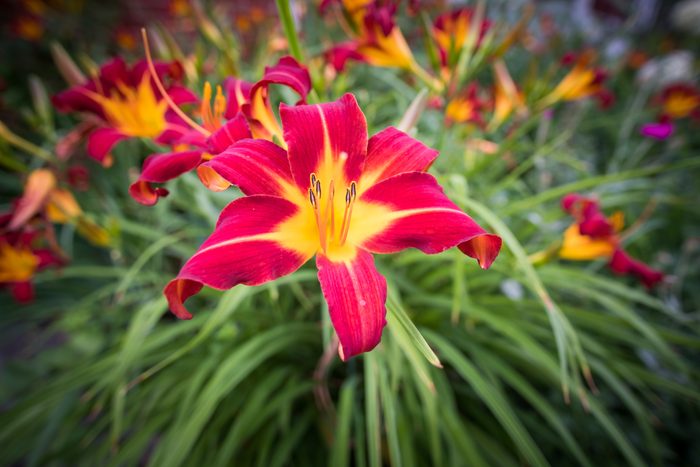
Daylily
Daylilies are the workhorses of Northern gardens. They grow and multiply with little care needed, and within a few years, you’ll have plenty to divide and share. They thrive in a minimum of six hours of sun in USDA Zones 3 to 9 with no special soil or fertilizer needed.
Like yarrow, daylily breeding has come a long way in recent years. Today’s modern cultivars are far superior in form and color compared to the orange “ditch lilies” you may have noticed growing wild, and many exude a soft, sweet fragrance.
Although each individual blossom only persists for 24 hours, many cultivars will continue to delight with their colorful blossoms all the way until autumn. Look for the words “rebloomer” or “heavily budded” on the label when you buy.
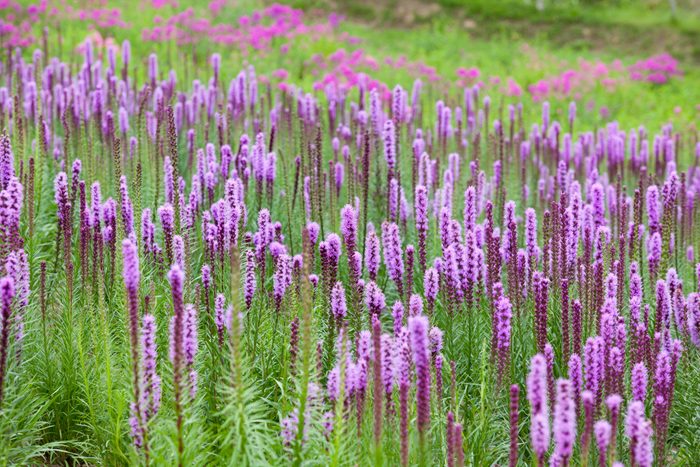
Blazing Star
Native perennials tend to be a hardy bunch, and blazing star is no exception. There are several native species that range in hardiness. One of the best and showiest for Northern gardens is dense blazing star, Liatris spicata, (pictured here) which grows in USDA Zones 3 to 9 in full sun.
Its bright rosy purple flowers open first at the top, glowing like a magic wand, then unfurl down the stems. Feathery looking, bright green foliage adds to this perennial’s appeal. Plant it en masse to make a big splash in the landscape in high summer or scatter a few here and there as a strong vertical element in your garden design.
Be sure to grow a few extra of these long-lasting blooms for your bouquets, too.
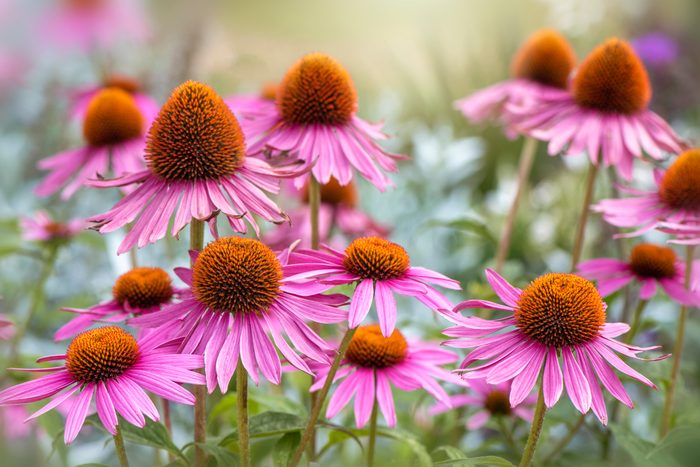
Coneflowers
Yes, you can grow coneflowers in USDA Zone 3! Seed-grown species like Echinacea purpurea and cultivars such as ‘Magnus,’ ‘White Swan’ and ‘Green Twister’ have a proven track record of being able to survive the winter in very cold climates. They return each spring much to the delight of gardeners, pollinating bees and butterflies, and goldfinches which find sustenance in the prominent cones packed with seeds.
For best success in overwintering, plant coneflowers early in the season in well-drained soil to give them plenty of time to anchor their roots before season’s end. Leave the dried stems standing for winter, then trim them down to the ground in the spring to encourage a fresh new flush of growth. You’ll be enjoying their fragrant blossoms again by early to midsummer.
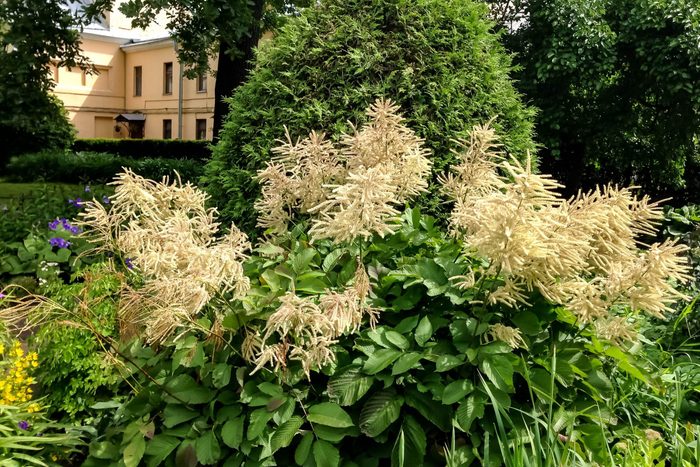
Goat’s Beard
Few shade-loving native perennials bloom with the mighty stature and presence of goat’s beard (Aruncus dioicus). Its impressive four-to-six-foot height create a perfect backdrop in a flower border or along the edge of a woodland where it will thrive in moist, rich soil and part shade.
Huge, feathery, creamy white plumes appear for just a few weeks in early- to midsummer, but you’ll enjoy its robust foliage all season.
If you like the look of Astilbe but live in USDA Zone 3, try goat’s beard as a hardier alternative. It is easy to grow in USDA Zones 3 to 7 where it is native to the East and West Coasts and all the way north to Alaska. Shorter cultivars like ‘Misty Lace’ top out around 30 inches and may be a better fit for smaller gardens.
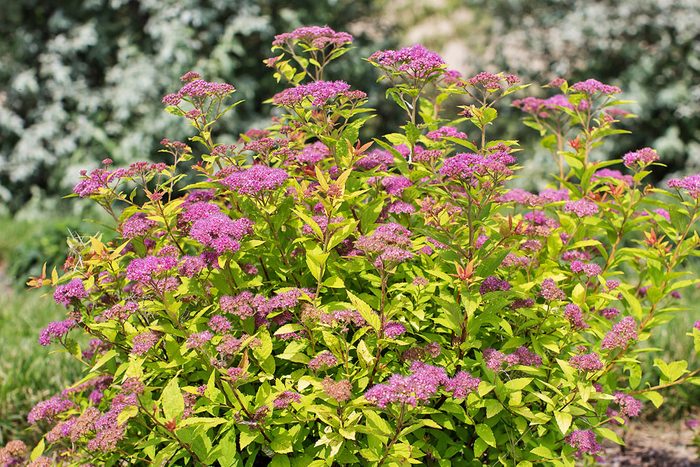
Spirea
One of the easiest and most colorful shrubs you’ll enjoy growing in USDA Zones 3 to 8 is spirea. They perform effortlessly in six or more hours of sun, blooming with pollinator-friendly pink, red, magenta or white flower clusters in early summer.
Give them a quick shearing, and they’ll bloom again for you later in the summer. And because most only grow a few feet tall, it’s easy to find a spot for a spirea in your landscape. Did we mention they’re deer resistant, too?
Many cultivars like Little Spark, pictured here, put on an even greater color show with their foliage. The tiny leaves sprout in spring in shades of tangerine or beet red, then brighten to chartreuse-yellow in the summertime. Cooler fall weather can trigger the reappearance of those colors you so enjoyed in the spring. Today’s vibrant spireas deserve a place in every sunny landscape.
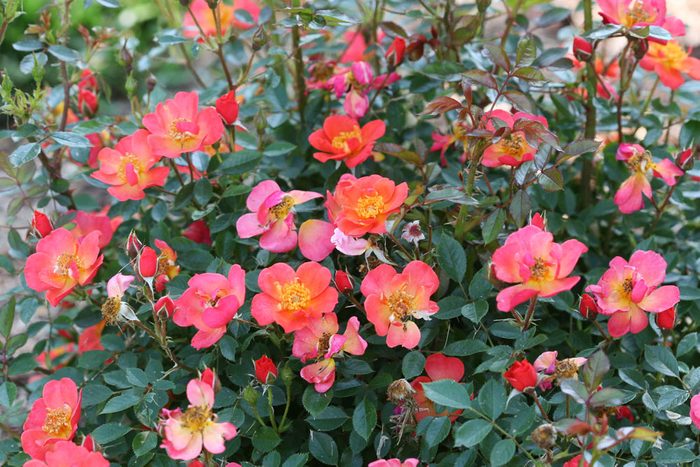
Roses
While romantic cabbage roses may be out of the reach of USDA Zone 3 gardeners, there are still plenty of excellent choices in landscape roses that can handle frigid winters and steamy summers. Study their hardiness information carefully before you buy and ask your local garden centers for recommendations.
Oso Easy Hot Paprika, pictured here, is a disease resistant rose for USDA Zones 3 to 9 that blooms prolifically from early summer through fall.
If you choose a rose variety hardy to your USDA Zone, special winter protection such as a rose cone shouldn’t be needed. Because they bloom on new growth, even if the tips of the branches die back in winter, the plants can safely be cut down by as much as half in the spring and they will still bloom beautifully that season.
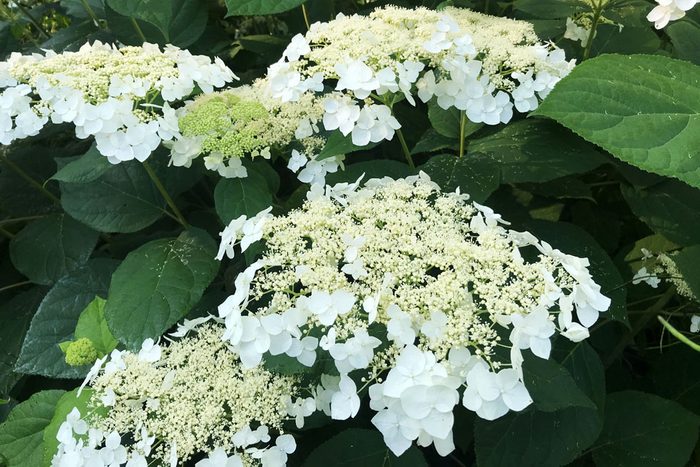
Smooth Hydrangea
If you love hydrangeas with big, blousy blossoms but find they aren’t reliable in your climate, try native smooth hydrangeas (Hydrangea arborescens) instead. Because they don’t form their flower buds until mid- to late spring, there’s no risk of winter damage and you’ll see blooms reliably every summer.
In cooler USDA Zones 3 through 6, they flower most prolifically in full sun, but some protection from the scorching afternoon sun is needed in USDA Zones 7 and 8. You won’t need any special soil to grow these low-maintenance native hydrangeas.
Smaller, delicate lacecap flowers grace the tips of our native smooth hydrangea’s stems. The improved cultivar ‘Haas Halo,’ pictured here, bears huge 10-inch blossoms packed with pollen that native bees and honeybees adore. Fully rounded mophead forms like Incrediball hydrangea are also very popular among Northern gardeners and are often planted as flowering hedges.
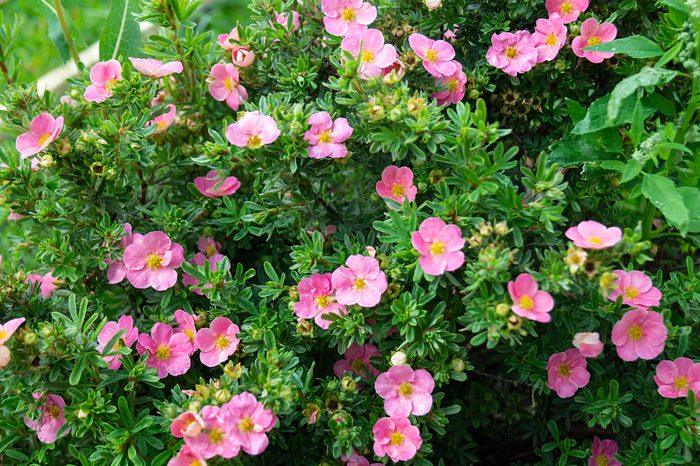
Shrubby Cinquefoil
“Tough” is the first word many people who have grown this shrub use to describe it. It truly is a durable plant!
Native to all of the Canadian provinces as well as the Northern and Western U.S., this drought-tolerant shrub handles extreme temperatures in USDA Zones 2 to 7 like a champ — blazing sun, dry air or poor soil. Deer and rabbits walk right on by, but butterflies are happy to stop and browse for pollen.
Another way to describe shrubby cinquefoil, also known as Potentilla, is long-blooming. You’ll find this shrub flowering in shades of pink, white, yellow or orange from late spring until frost ends the show in late fall.
If you’ve been planting annual flowers every year for color in your landscape, consider swapping out a few for a hardy Potentilla that you’ll only need to plant once.
